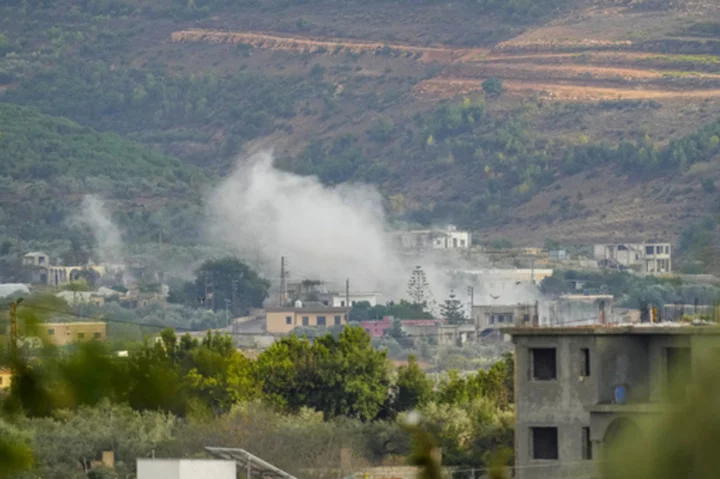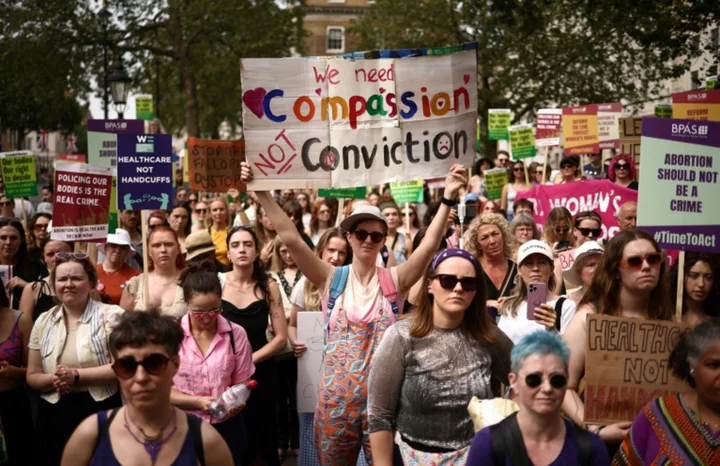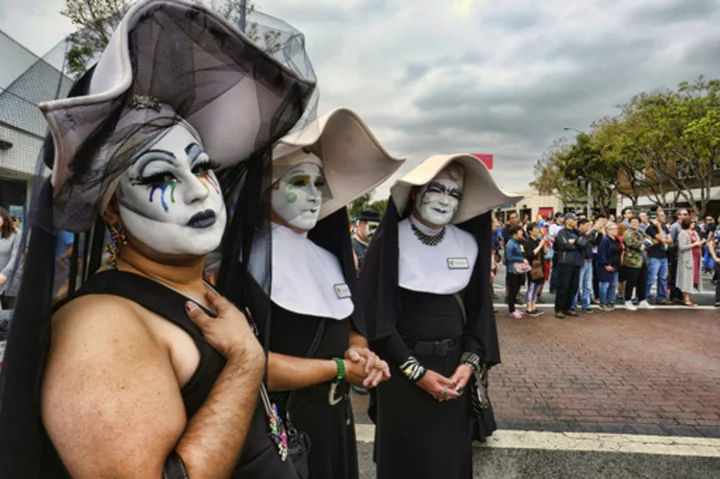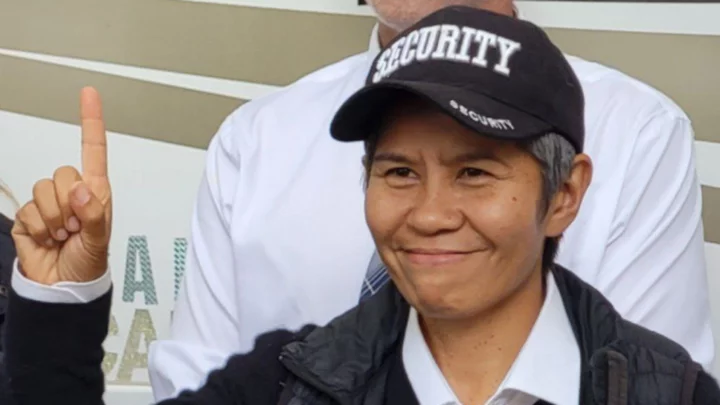TYRE, Lebanon (AP) — More than 4,200 people have been displaced from villages in south Lebanon by clashes on the border with Israel, and local officials said Friday that they are ill-prepared for the much larger exodus that would ensue if the limited conflict escalates to an all-out war.
Some 1,500 of the displaced are staying in three schools in the coastal city of Tyre, about 20 kilometers (12 miles) north of the border.
At one of the schools, children ran through the courtyard and women hung out clothes to dry on chairs on Friday. Mortada Mhanna, head of the disaster management unit of the municipalities in the Tyre area, said hundreds of newly displaced people are arriving each day.
Some move on to stay with relatives or rent apartments, but others have no place to go besides the makeshift shelter, while Lebanon's cash-strapped government has few resources to offer.
“We can make the decision to open a new school (as a shelter), but if the resources are not secured, we’ll have a problem,” Mhanna said. He appealed to international organizations to "give us enough supplies that if the situation evolves, we can at least give people a mattress to sleep on and a blanket.”
The Lebanese militant group Hezbollah and allied Palestinian groups in Lebanon have launched daily missile strikes on northern Israel since the outbreak of the latest Israel-Hamas war on Oct. 7, while Israel has responded by shelling border areas in south Lebanon. To date, the clashes have killed at least 22 people in Lebanon, four of them civilians.
Sporadic skirmishes continued Friday while a number of airlines canceled flights to Beirut. Countries including the United States, Saudi Arabia and Germany have warned their citizens to leave Lebanon.
For many of the displaced, the current tensions bring back memories of the brutal one-month war between Hezbollah and Israel in 2006, during which Israeli bombing leveled large swaths of the villages in south Lebanon and in Beirut's southern suburbs.
The tactic of overwhelming force to strike civilian infrastructure as a measure of military deterrence was dubbed the “Dahiyeh Doctrine,” named after the area south of the capital that was targeted.
Should another full-blown war erupt between Hezbollah and Israel, “even the city of Tyre will no longer be safe ... because all of the south was subject to bombing” in 2006, Mhanna said.
Among the school's temporary residents is Mustafa Tahini, whose house in the border town of Aita al Shaab was destroyed in 2006, along with most of the village.
Back then, aid flowed into Lebanon from Qatar and other countries for reconstruction, but this time, Tahini said, “God knows if someone will come to help us.”
“I am not a political analyst. I hope things will calm down, but the things you see in the news aren't reassuring,” said Tahini, whose wife and children are staying with relatives in Beirut while he remains closer to home. Still, he said, he is mentally prepared for another war. “We've been through it before.”
Nasmieh Srour, 62, from the town of Duhaira has been staying in the school with her husband and two daughters for a week, along with many of the village's residents. Like Tahini, she was displaced in 2006; she is also stoic about the prospects of a wider conflict.
“Maybe it will get bigger, maybe it will calm down - there’s no way to know," Srour said.
Edouard Beigbeder, the representative in Lebanon of UNICEF, the U.N. agency for children, said that education will be one of the main casualties if the displacement becomes protracted.
Already 52 of the 300 schools in south Lebanon are closed due to the hostilities, leaving more than 8,000 children out of education in addition to those enrolled in the schools that are now being used as shelters, he said. A wider conflict would also threaten key infrastructure including electric supplies and, by extension, water supplies.
“In any escalation, it is the most vulnerable and the children who are in a dire situation," Beigbeder said.









